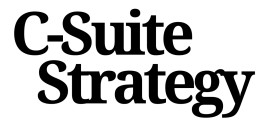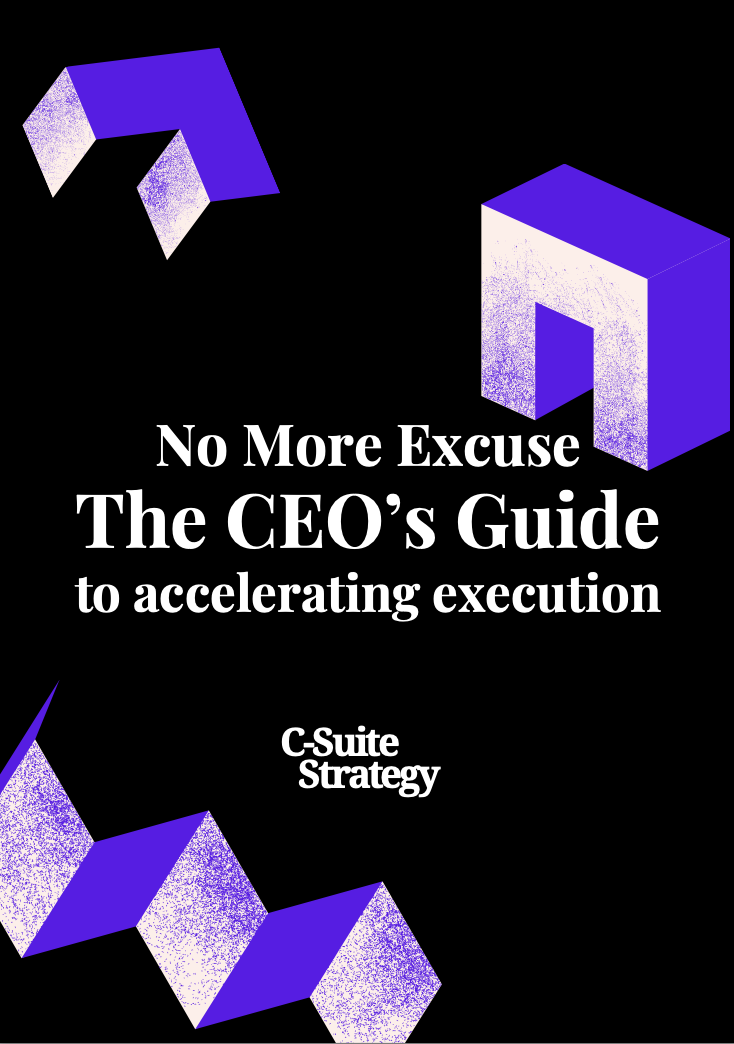
Aligning Cost Management with Business Goals
Synchronizing Cost Objectives with Business Success
For any organization, aligning cost management with overarching business goals is not just recommended, it's essential. Cost objectives must resonate with the mission and values of the company. When cost management strategies are aligned with long-term business objectives, it provides a cohesive framework that supports sustainable growth. The strategic positioning of resources, when done effectively, results in competitive advantage and robust product quality.
To achieve this, leaders need to establish a direct connection between cost management initiatives and their strategic value. For example, the process of target costing, which revolves around understanding customer needs and defining allowable costs, helps maintain cost efficiency while ensuring product quality. Moreover, management strategies must focus on refining internal activities, improving market positioning, and optimizing the supply chain.
Integrating cost control measures into the strategic framework requires a deep understanding of the business process and refined management accounting practices. This includes traditional cost analysis, in conjunction with more modern approaches such as activity-based costing, which provide clear insight into cost drivers and facilitate decision-making processes.
For a comprehensive guide on blending your financial strategy with overall business aims, check out this resource on optimizing financial strategy.
Identifying Cost Drivers
Pinpointing Primary Cost Factors
Understanding the pivotal role of cost drivers in your business is essential for any effective management strategy. Each product or service you offer can have varied costs associated with its production and delivery. Recognizing these variances helps streamline cost management efforts by allocating resources more efficiently and enhancing overall product quality. Delving into cost drivers begins with a thorough business analysis. By examining the complete supply chain, leaders can pinpoint which activities and processes incur the highest costs. This comprehensive chain analysis offers insights into traditional cost factors and emerging areas that need attention. Consider utilizing management accounting techniques to refine your analysis. Activity-based costing (ABC) is one such technique that enhances visibility into cost drivers. By focusing on real business activities, ABC allows you to better understand resource consumption and control. Target costing, on the other hand, serves as an effective strategy to manage and reduce unnecessary expenses without compromising quality. Strategic positioning in the market enables you to leverage cost insights for competitive advantage. It's crucial to balance your cost strategies with long-term decision making, ensuring sustainability and innovation remain at the forefront. For more detailed insights on exploring financial pathways to propel growth, visit this resource. Incorporating these approaches aligns your cost control strategies with your business objectives, giving your company a robust framework for growth and efficiency in the evolving market landscape.Leveraging Technology for Cost Efficiency
Embracing Technological Advancements for Cost Efficiency
In a dynamic business landscape, leveraging technology is imperative for any company aspiring to remain competitive. Technological advancements can be at the core of strategic cost management, crucial for enhancing cost efficiency without sacrificing product quality. The integration of innovative tools and software can significantly optimize processes, streamline the supply chain, and improve quality control and assurance, making a real impact on the bottom line.
Firstly, a comprehensive approach to technology in cost management involves harnessing data analytics. Tools like activity-based costing systems offer a detailed understanding of cost drivers, aiding businesses in identifying areas of potential savings while maintaining or even enhancing value. Moreover, predictive analytics can play a pivotal role in anticipating market changes and optimizing supply chain efficiency.
Secondly, automation presents a golden opportunity to cut costs. By automating routine tasks, businesses can not only reduce human error and operational costs but also focus their workforce on strategic activities that contribute to long-term growth. For instance, automating financial processes through modern management accounting software streamlines activities, allowing faster and more accurate decision making.
Furthermore, cloud computing enables companies to scale operations as needed, offering a flexible model that supports strategic cost management. This adaptability is crucial in supply chain management, where quickly adjusting to demand fluctuations can significantly affect cost efficiency.
A final consideration is the integration of collaborative platforms that foster transparency across departments. These tools enable real-time communication and visibility, enhancing the control of the supply chain and enabling efficient cost management.
While the path to technological integration requires a strategic approach, the benefits of implementing the right technology tools cannot be overstated. In the pursuit of cost control while ensuring top-tier product quality, companies must continually evolve their strategy to embrace advancements that drive cost efficiency. This ensures not only competitive advantage but also sustained growth in the evolving business environment.
Balancing Cost Reduction with Innovation
Incorporating Risk Mitigation Without Sacrificing Advancements
Balancing cost reduction with innovation is paramount in the pursuit of maintaining a competitive edge in the market. While traditional cost management techniques often gravitate towards minimizing expenditures, it's crucial to consider the long-term implications of stifling innovation. A static approach to cost management can hinder a company’s strategic positioning, ultimately affecting its capability to maintain high product quality and respond to market demands.- Integrating Cost Control with Innovation: Companies should aim to implement cost control measures that support, rather than impede, innovation. For example, activity-based costing can reveal inefficiencies in the production process, allowing for cost savings without curtailing the resources necessary for creative initiatives. By focusing on the value chain, executives can identify areas where cost efficiencies align with innovation goals.
- Strategic Cost Utilization: Strategic cost management calls for a holistic view. When aligned with business strategies, cost initiatives can unlock avenues for innovation. Target costing is a notable approach; by setting clear cost objectives, it encourages teams to innovate within these constraints, pushing boundaries while adhering to budget limits.
- Mitigating Constraints in Supply Chain: The supply chain offers myriad opportunities for strategic cost improvements that do not compromise innovation. Lean methods and just-in-time strategies can be employed to optimize processes and resource utilization. This not only reduces costs but fosters a culture of continuous improvement across the chain.
Building a Cost-Conscious Culture
Instilling a Shared Commitment to Cost Awareness
Fostering a company culture that embraces strategic cost management involves more than simply implementing cost-control measures—it's about embedding cost consciousness within the DNA of the organization. This involves motivating all levels of the company to appreciate and participate in cost-saving initiatives. Creating a cost-conscious culture doesn't mean just pressuring teams to cut costs; it embraces education and awareness about how costs play a role in the larger business strategy. Employees across departments should be encouraged to understand the company's cost drivers, as this awareness helps inform better decision making. By understanding the impact of costs on product quality and market position, employees are better equipped to contribute to strategic decisions that align with the company's goals. To cultivate such an environment, companies can employ several strategies:- Education and Training: Regular workshops and training sessions on cost management accounting principles can empower employees with the knowledge to identify potential areas for improvement and inefficiencies.
- Transparent Communication: Keep an open line of communication regarding how reducing costs supports the company's strategic goals. This transparency can act as a motivator for employees to engage actively in cost management activities.
- Incentive Programs: Rewarding teams and individuals who identify innovative cost reduction methods that do not compromise product quality or customer satisfaction can be a great way to encourage proactive behavior.
- Cross-Functional Collaboration: Encourage collaboration across different departments to foster a holistic understanding of the supply chain. This helps identify opportunities for activity-based costing and strategic cost analysis synergistically.














